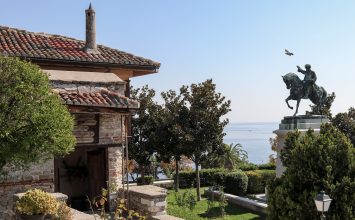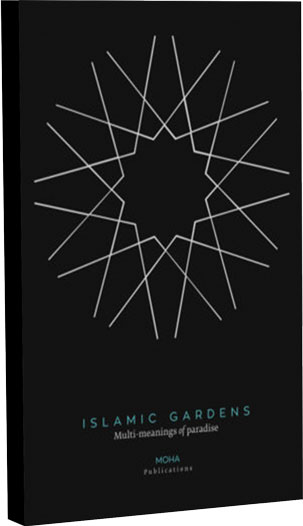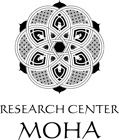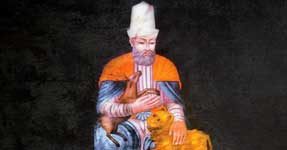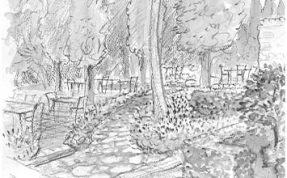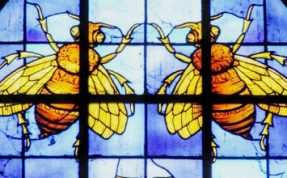Previous
Next
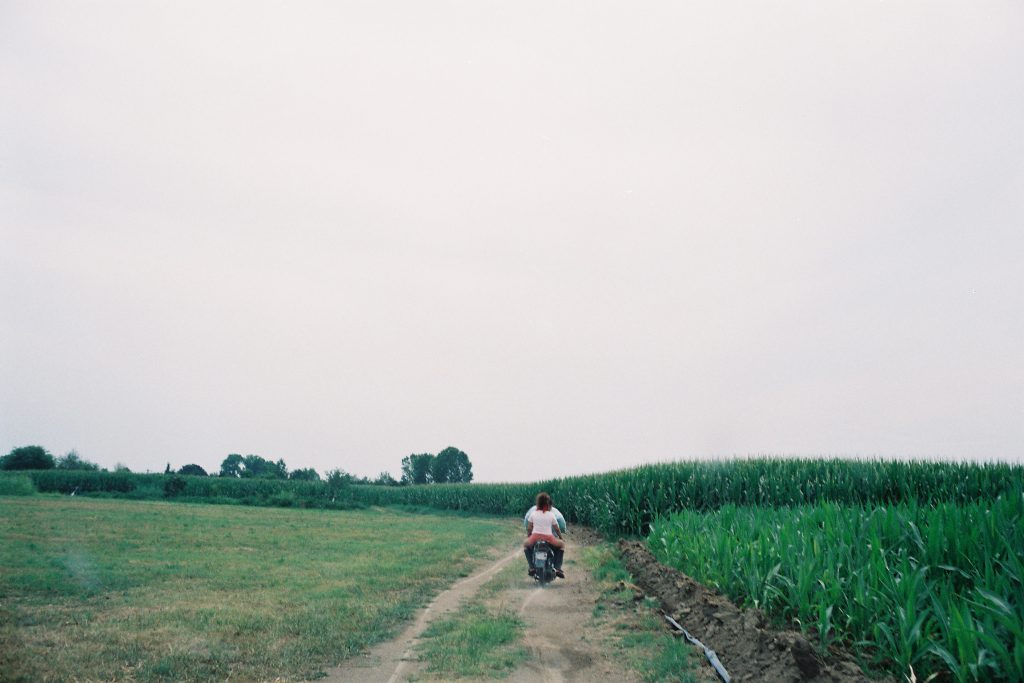
14 June 2025
- 24 July 2025
“Avato” Photographic exhibition at the Mohammed Ali’s Museum
Sotiris Tsiganos and Ionian Bisai (Latent Community) present the outcomes of their project exploring Avato (literally, “a site that should not be accessed”), a village in northern Greece that is home to a long-standing Black community. Avato features community members’ reflections on their history (usually traced to Ottoman slave trade) and places it in the context of national narratives, with the goals of acknowledging the extensive but often-overlooked story of Black presence in Greece and using the microhistory of a village to address issues of identity, whiteness, and belonging in Greece today.
Explore the history and the events of MOHA Research Center
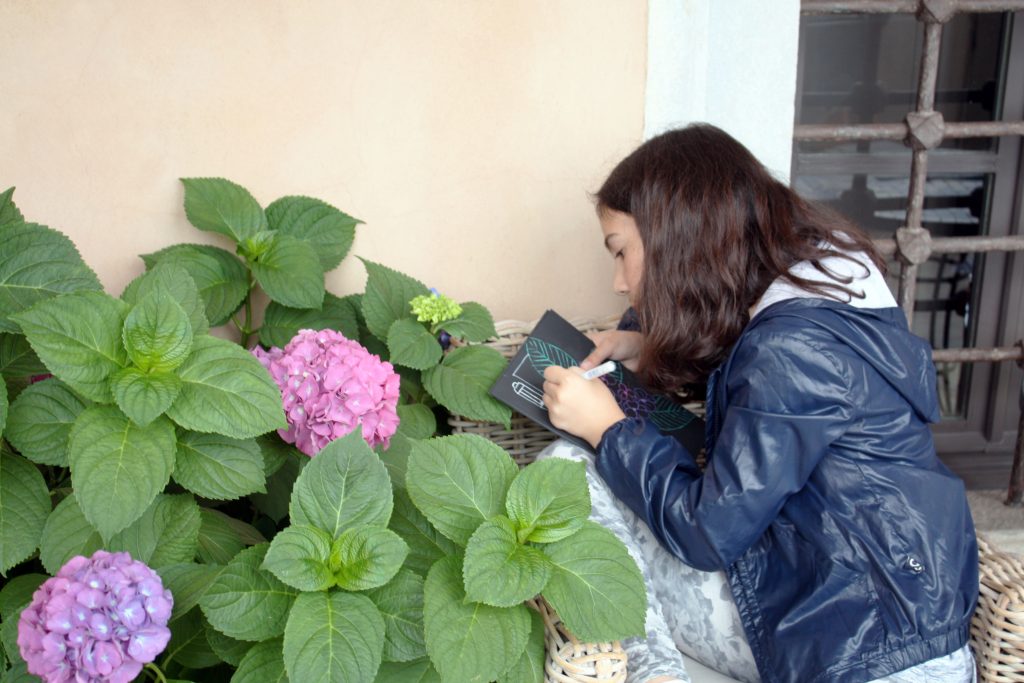
Educational program “Bees” in the garden of Mohammed Ali’s Museum
The educational game “Bees” is addressed to school groups and students of all ages, and it is taking place every spring and autumn in the Mohammed Ali Pasha Museum’s garden. With a guidance of a map, the children follow the bee’s route through the garden to its hive. They play and discuss, acquiring knowledge about bees and nature, as well as the adoption of a sustainable environmental attitude.
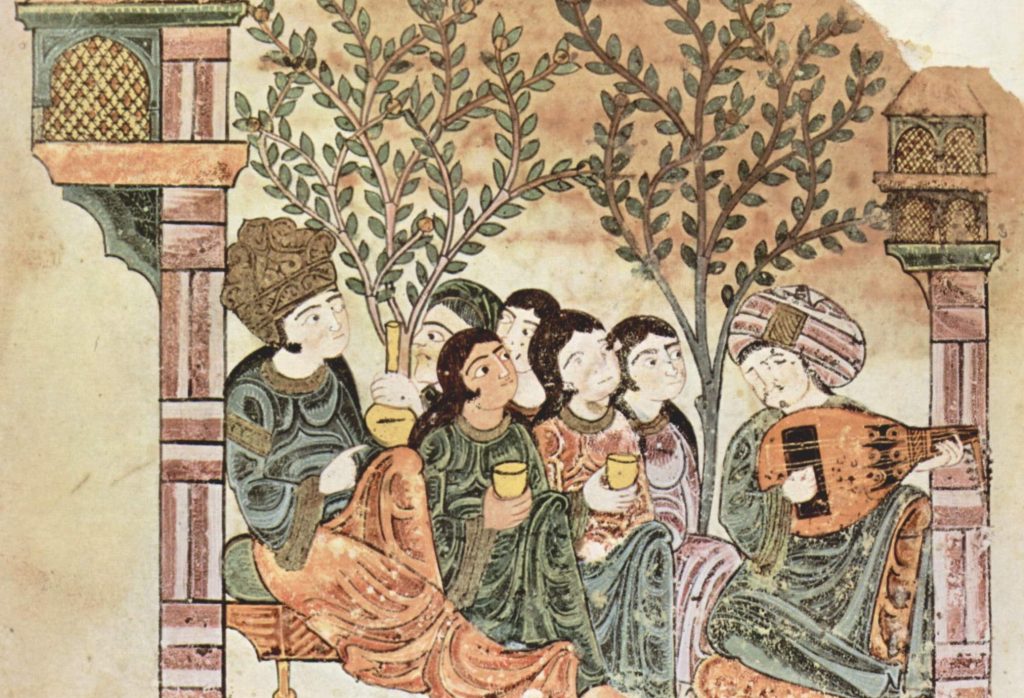
Musical Tradition and Poetry in the Arab World
Arabs perceived music as a means of praise and connection with God, but also as a way to make life more comfortable and enjoyable. For several centuries, Arab rulers from Baghdad to Cordoba were famed for their patronage of musicians. Their courts boasted full orchestras for entertainment, while noted musicians competed for the ruler’s favour.
